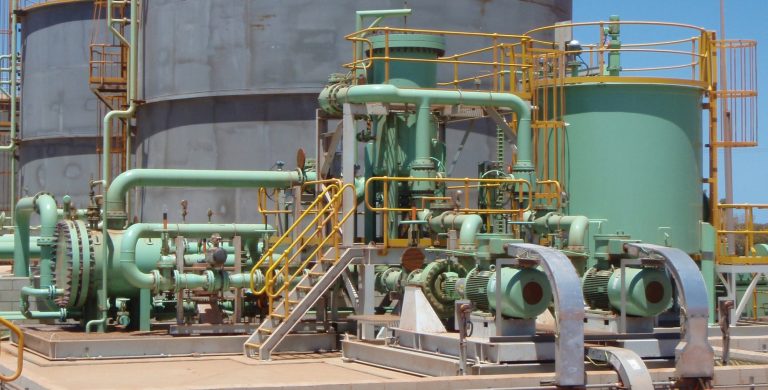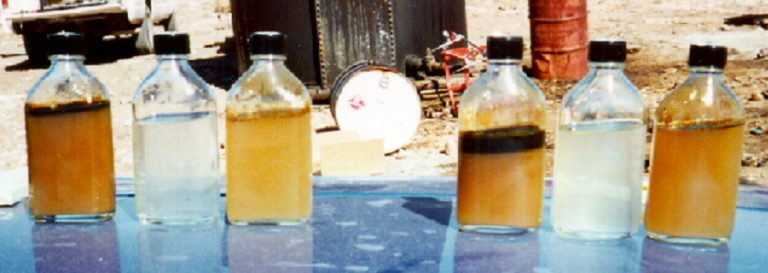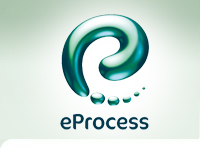Produced Water Treatment
As oil reservoirs mature, produced water rates increase and can be over 90 percent of the total fluid flow. Typically oil and produced water are initially separated in a production separator which is essentially a ‘knockout’ tank. This may involve heating or coalescing to ensure the maximum amount of preliminary oil/water separation. The produced water recovered at this stage can contain varying amounts of dispersed oil from 500 to 10,000 ppm. To meet environmental discharge standards further treatment is required.
eProcess supplies a comprehensive range of produced water process packages which primarily utilize liquid-liquid (deoiling) hydrocyclones. Additional conventional ‘add-on’ technologies are also utilized when specific process conditions dictate. This additional equipment requirement recognizes the difficulty of some water treatment systems where a single process step cannot meet the specifications of difficult separations.
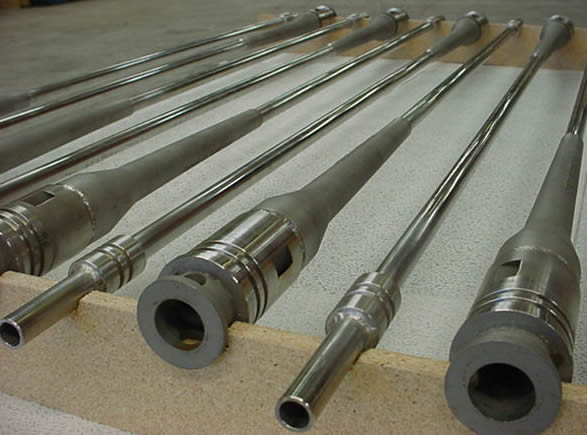
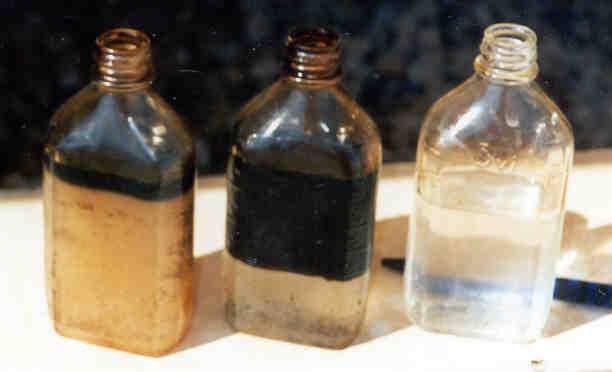
Produced water is treated for oil and solids removal to meet disposal regulations. Disposal route can be overboard discharge or produced water reinjection (PWRI). Each route has specific treatment requirements, including:
- Total suspended solids (TSS)
- Solids size (micron)
- Oil & Grease content (includes free, dispersed, and emulsified oil)
Most offshore overboard disposal systems require 29 ppm oil & grease with no specification for solids. PWRI (on or offshore) require stringent solids removal (typically 5-10 microns and <5 ppm) and stringent oil removal (10-30 ppm) to prevent formation damage.
Reaching the required oil and solids levels requires from one to three specific unit process steps. The type and number of stages depends on both the location and performance specification design criteria. Onshore systems have more flexibility in equipment size and weight, while offshore systems must meet compact design and be designed for motion sensitive environments.
Primary (1st stage) treatment uses hydrocyclones (desanders and deoilers) to remove the bulk of solids and liquids. This technology will separate down to 10 micron sand particle size and 30-40 ppm oil content. Second stage treatment is most commonly induced gas flotation (IGF), followed by nut shell media filtration (NSF).
eProcess has the technology and expertise to design any offshore or onshore system. This includes pumped cyclones, integrated deoiler-IGF, low-pressure CPI/NSF, and comprehensive three-stage designs. In our 30 years of produced water treatment we have been involved in many world’s firsts; including the first and largest pumped deoiler hydrocyclone systems, first hydrocyclone dewatering system, Packages Active Cyclone Systems (PACS), deoiler coalescer, downhole deoiler, and caisson flotation.
